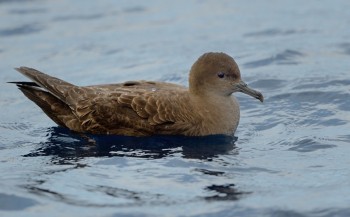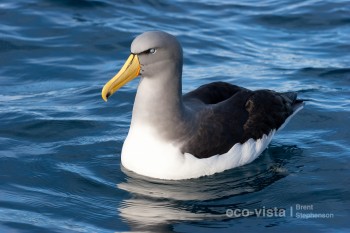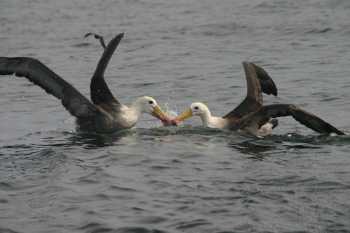As previously reported in ACAP Latest News, ACAP will host a workshop on gadfly Pterodroma and other small burrowing petrels at the time of the Agreement’s meetings in Wellington, New Zealand next month. The Ninth Meeting of ACAP’s Advisory Committee (AC9) held in La Serena, Chile in May last year agreed to host the workshop with the main objective of advancing understanding about the best approaches for international cooperation in the conservation of the species to be considered.

Critically Endangered Galapagos Petrel Pterodroma phaeopygia, photograph by Eric Vanderwerf
An introduction to the workshop, along with its Terms of Reference, is now available online as AC10 Doc 14. Some suggestions for a way forward are also given as “starters” for the workshop’s discussions.
BirdLife International has prepared a summary document “Status, trends and conservation management needs of the Pterodroma and Pseudobulweria groups” along with an annexed spreadsheet of key data for each species that will be distributed in advance of the workshop. Following its presentation and discussion, the workshop may break into sub-groups to further its work. A report of the meeting will be prepared for ultimate consideration by the next session of the ACAP Meeting of Parties, due to be held in 2018.
John Cooper, ACAP Information Officer, 09 August 2017

 English
English  Français
Français  Español
Español 


